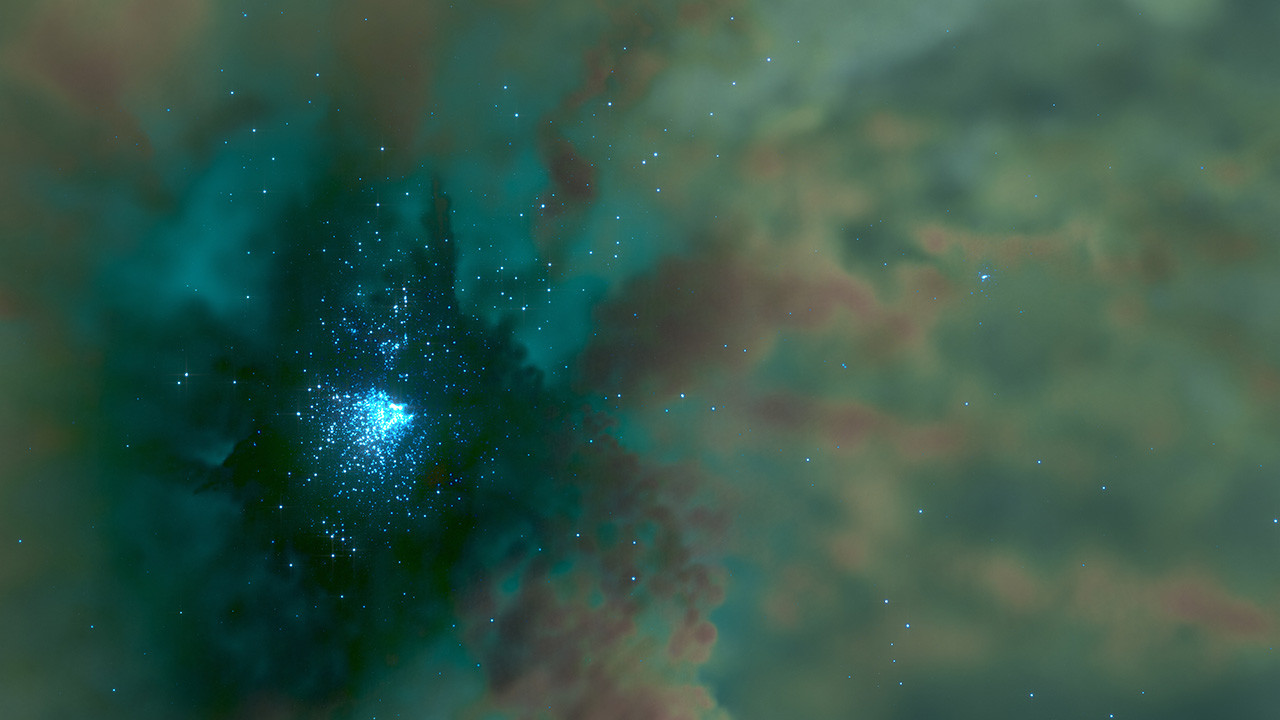Event JSON
{
"id": "b7f5e3104e1fdd898c4e7c445c157f4e9d56a24db2245a98db239cd5b458b335",
"pubkey": "f06c0d239b29f2884d1a345bd1e120125610976d968e6002bb324116b70fc39e",
"created_at": 1717449063,
"kind": 1,
"tags": [
[
"proxy",
"https://m.universetoday.com/@fraser/112554741813255063",
"web"
],
[
"imeta",
"url https://m.universetoday.com/system/media_attachments/files/112/554/741/806/074/568/original/1365e19e901a0358.jpg",
"m image/jpeg"
],
[
"proxy",
"https://m.universetoday.com/users/fraser/statuses/112554741813255063",
"activitypub"
],
[
"L",
"pink.momostr"
],
[
"l",
"pink.momostr.activitypub:https://m.universetoday.com/users/fraser/statuses/112554741813255063",
"pink.momostr"
]
],
"content": "Astronomers have found stellar and supermassive black holes, but where are all the intermediate-mass versions with tens of thousands of times the mass of the Sun? They should be inside globular clusters, dense and ancient collections of millions of stars. Researchers have simulated the interactions between individual stars in globular clusters and anticipate that stellar collisions should produce a star with 10,000 stellar masses, which would become a black hole.\n\nhttps://www.nao.ac.jp/en/news/science/2024/20240531-cfca.html\nhttps://m.universetoday.com/system/media_attachments/files/112/554/741/806/074/568/original/1365e19e901a0358.jpg\n",
"sig": "f3db4719b0343904fa6dc83881118002f5c1acdafc8a1aea34dd5061baefb5f95beaa740dff5971d8c0c3c96d24a47abcae100dd0f229935545b2b91e15a8d67"
}

